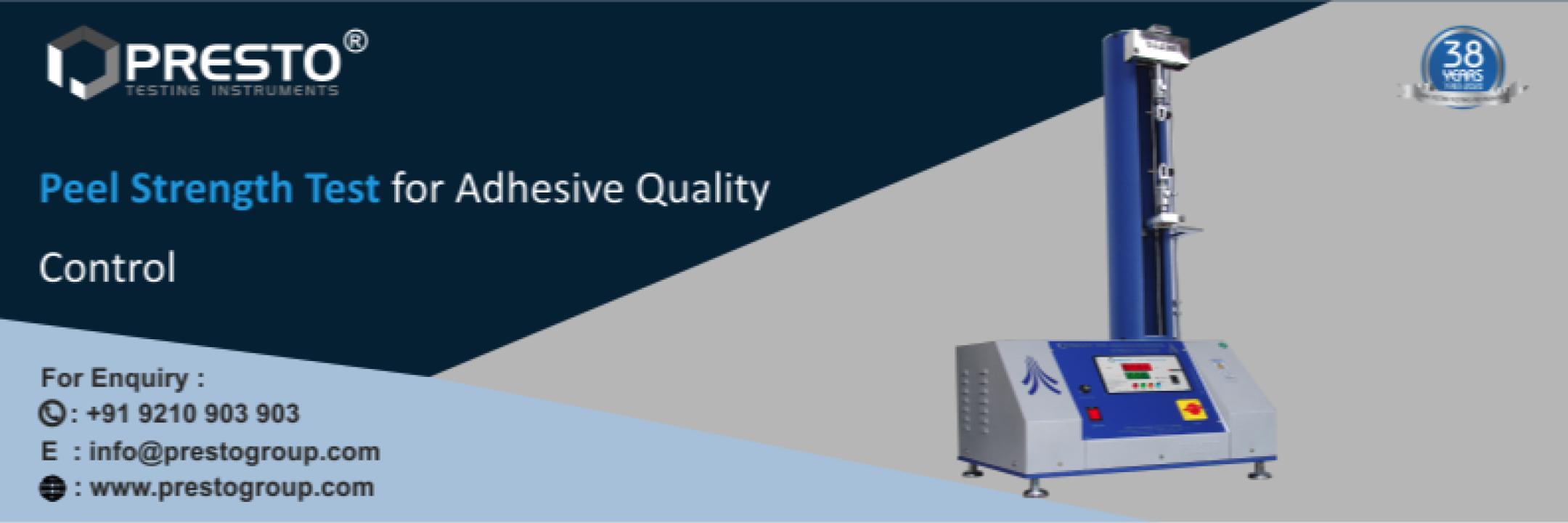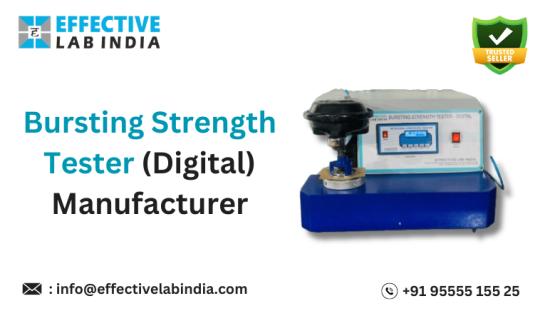Manufacturers from various industries use laminates, labels & tapes during the packaging of products to provide clear & precise information regarding the packaged item. These laminates, tapes & labels must bind firmly on the packaged items to avoid any sort of confusion and provide precise information.
These laminates, tapes & labels bonded together with the help of a peel or adhesion are required to be tested upon their peel/ seal/ adhesion/ bond capability. This allows the manufacturer to assess the ability of the specimen against peeling.
The Presto Group offers a solution to aid manufacturers in the evaluation of the peel strength of labels, laminates & tapes. The company brings out a lab testing instrument from its inventory called the peel bond strength tester. The instrument is precisely engineered to the peel/ seal/ bond/ adhesion abilities of the specimen.
The instrument is majorly used in the flexible paper & packaging industries as the samples that can be tested with this high-end lab testing instrument are laminates, tapes & labels.
It is important to be aware of the functioning mechanism of the peel bond tester for a better evaluation of the specimen and for achieving higher accuracy.
Functioning Mechanism of the Peel Bond Strength Tester
To commence the testing of specimens, it is highly important to prepare the sample as per the testing measures. The preparation of the sample starts with dipping the bonded sample into a chemical called toluene. The chemical separates the bonded specimens from each other, creating dual-ends of the same.
The dual ends are attached to the jaws of the peel adhesion tester. Once the specimens are placed together and clamped firmly ensure no movement of the sample during the course of testing to avoid any sort of inaccuracy.
After the clamping of the specimen, the upper jaw remains still in one position, and the lower jaw moves in the opposite direction of the upper jaw implying peel force on the specimen.
The testing can be conducted in two different angular setups to achieve precise & accurate testing i.e. 180o angle & 90o angle. These angles form compliance with ASTM standards which increases the sense of assurance among manufacturers of the flexible packaging industry.
Once the specimen is fully peeled with the help of the jaws, the maximum load is depicted on the microprocessor-based display for easy tracking of the derived results.
After the conduction of the test, the peel bond tester automatically shuts down due to the provision of the safety switch by the Presto Group.
The peel strength test is conducted with absolute ease with the help of accuracy-driven and operator-friendly features. Let's take a look at these technologically advanced features.
Features of Peel Bond Strength Tester
The peel bond strength tester is designed as an ergonomic & feature-loaded lab testing instrument to aid manufacturers from the flexible packaging industries in conducting the peel strength test with absolute facile.
The first & foremost feature of the peel bond strength tester is its ability to evaluate the specimen's peel/ seal/ bond/ adhesion capabilities at two different angles, which determines the highest level of accuracy.
The instrument is also equipped with a bright LED display to indicate the peel adhesive strength of the sensitive material being tested, aiding the manufacturer to keep track of records and critically analyze the results with previously derived ones.
The strong gripping clamps have a rugged surface that ensures no movement of the specimen when the testing is underway, this makes sure that the results are free from any kind of discrepancy.
The instrument is constructed with a mild steel material throughout with a 7-layered powder-coated paint that ensures longevity and durability of the instrument against rusting & corrosion-friendly environments.
There are certain questions that usually arise from the flexible packaging industry regarding top-notch lab testing equipment.








